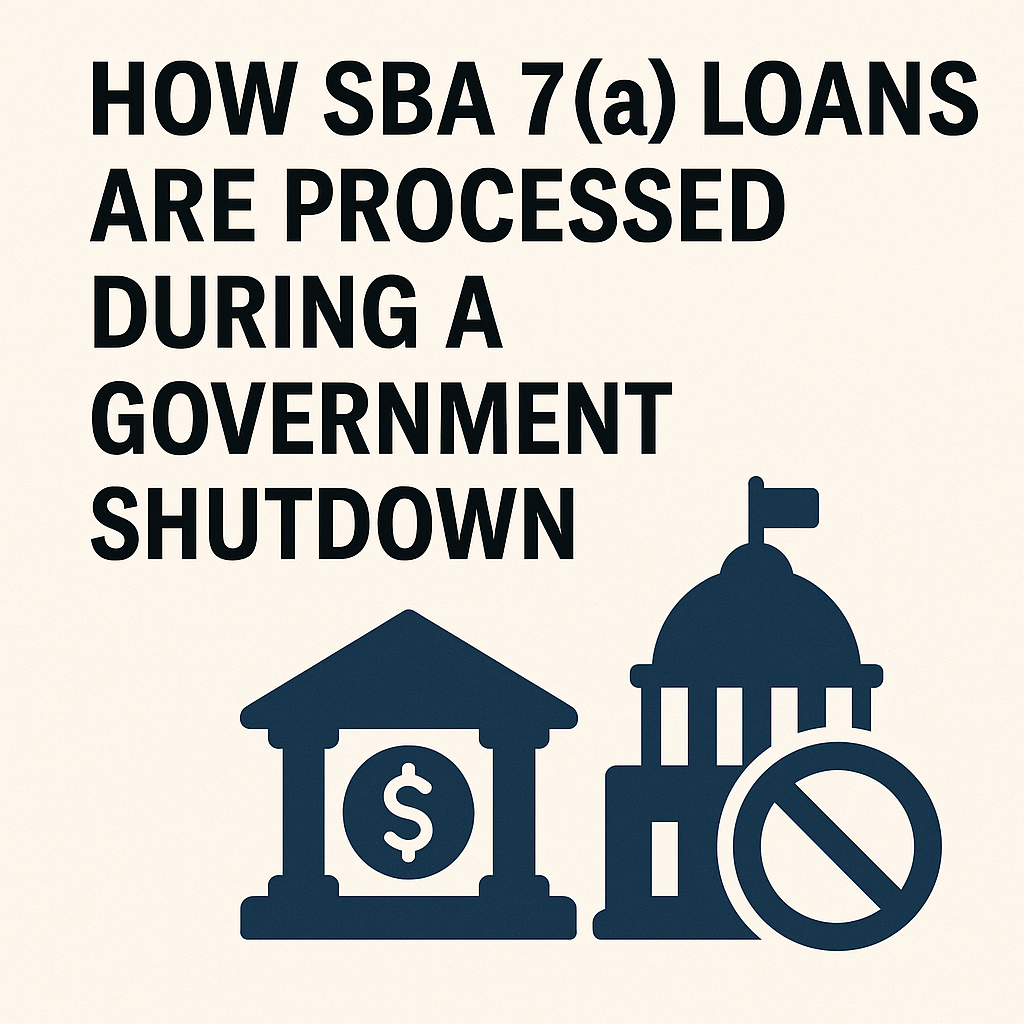
The Most-Over-Looked Tax Tool
- General
- October 24, 2025
When people talk about tax-efficient deal structures, they mention §338(h)(10) elections. A few talk about §336(e).
Almost nobody talks about the F-Reorganization.
That’s a mistake — because for first-time buyers, the F-reorg is quietly one of the most powerful and underused tools in small-business acquisitions. It preserves S-corp status, delivers a step-up in basis, and eliminates the need for a §338 or §336 election altogether.
It’s the cleanest way to make an S-corp deal behave like an asset sale — without the tax traps, loss of S-status, or messy post-closing elections.
What an F-Reorg Actually Is
An F-Reorganization (under §368(a)(1)(F) of the Internal Revenue Code) is defined as a “mere change in identity, form, or place of organization” of a corporation.
In practice, that means the seller’s existing S-Corporation is reorganized under a new holding company — but the IRS treats both entities as the same taxpayer. The same EIN, same S-election, same business — just rearranged.
This small internal restructure unlocks major flexibility. It allows the buyer to purchase equity in the reorganized entity and still receive step-up treatment in the underlying assets, just like an asset sale.
How It Works in a Typical Deal
Here’s the usual flow:
- The seller forms a new corporation or holding company (“NewCo”).
- The existing operating S-Corp (“OldCo”) becomes a wholly-owned subsidiary of NewCo.
- The shareholders of OldCo exchange their stock for stock in NewCo — no tax triggered.
- NewCo makes a QSub election to treat OldCo as a Qualified Subchapter S Subsidiary.
- OldCo then converts into an LLC (or other disregarded entity) under state law.
- The buyer purchases the LLC membership interests from NewCo.
The result?
The buyer legally buys equity — but for tax purposes, it’s treated as an asset purchase. The step-up in basis happens automatically, and the seller keeps their S-election intact right up to the closing date.
No §338.
No §336.
No unnecessary elections.
Just a clean structure that works for everyone.
Why It’s Better Than a §338 or §336 Election
A §338(h)(10) election lets a buyer treat a stock purchase as an asset sale, but it terminates the S-corp’s status and creates additional filing complexity. It also requires an 80% qualified stock purchase and cooperation from all shareholders — which can be tough in closely held businesses.
A §336(e) election offers more flexibility, but it still kills the S-election, and it can cause timing and compliance issues at the shareholder level.
An F-Reorg eliminates those issues entirely.
It achieves the same tax economics as a §338 election — a step-up in asset basis — but without killing the S-election or requiring any election filings after closing.
The reorganization itself does the heavy lifting. It creates a structure that is automatically treated as an asset sale for tax purposes, while preserving the continuity of the company for legal, banking, and licensing purposes.
Why First-Time Buyers Should Care
If you’re a first-time buyer, here’s what you really want out of your deal:
- Step-Up in Basis – so you can depreciate everything fresh: equipment, vehicles, goodwill, and intangibles.
- Continuity – so the business keeps the same EIN, contracts, and operating licenses.
- Clean Tax Treatment – no post-closing elections, no accidental S-corp terminations, and no double taxation risk.
- Speed and Simplicity – less paperwork, less IRS involvement, and fewer moving parts.
The F-reorg checks every box.
It gives you asset-sale treatment without forcing you to actually buy the assets one by one. And for small-business lenders, accountants, and closing attorneys, it’s much easier to explain and document than a §338 election.
Step-Up in Basis and Accelerated Depreciation
The biggest financial advantage is the step-up in basis.
When you buy a business through an F-reorg structure, you get to revalue all the target’s assets — tangible and intangible — to their current fair market value. That means you can start depreciating from scratch, wiping out much of your taxable income in the first few years.
If you layer on bonus depreciation under §168(k) or §179 expensing, you can often write off a large percentage of the purchase price immediately. That boosts post-closing cash flow, improves ROI, and reduces effective purchase cost.
It’s the same benefit you’d get under a §338 election — just cleaner, simpler, and safer.
The Takeaway
The F-Reorganization is one of the most underappreciated tools in small M&A.
It preserves S-Corp status, avoids double taxation, and delivers a full step-up in basis — all without needing a §338 or §336 election.
For first-time buyers, it’s the structure that keeps your deal simple, compliant, and tax-efficient. You get the economics of an asset purchase, the continuity of a stock sale, and none of the headaches of either.
It’s not a loophole. It’s just good structuring.
When you’re buying your first S-Corp, ask your advisors one question:
“Can we do this as an F-Reorg?”
The right answer will save you taxes, time, and stress for years to come.
(c) 2025 Prencipe International / M&A Advisory Specialists — For educational purposes only; not legal or tax advice.





